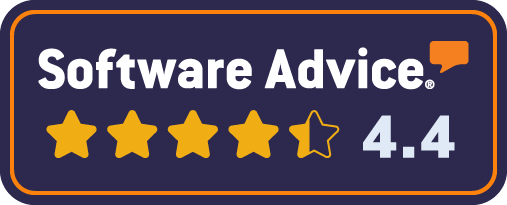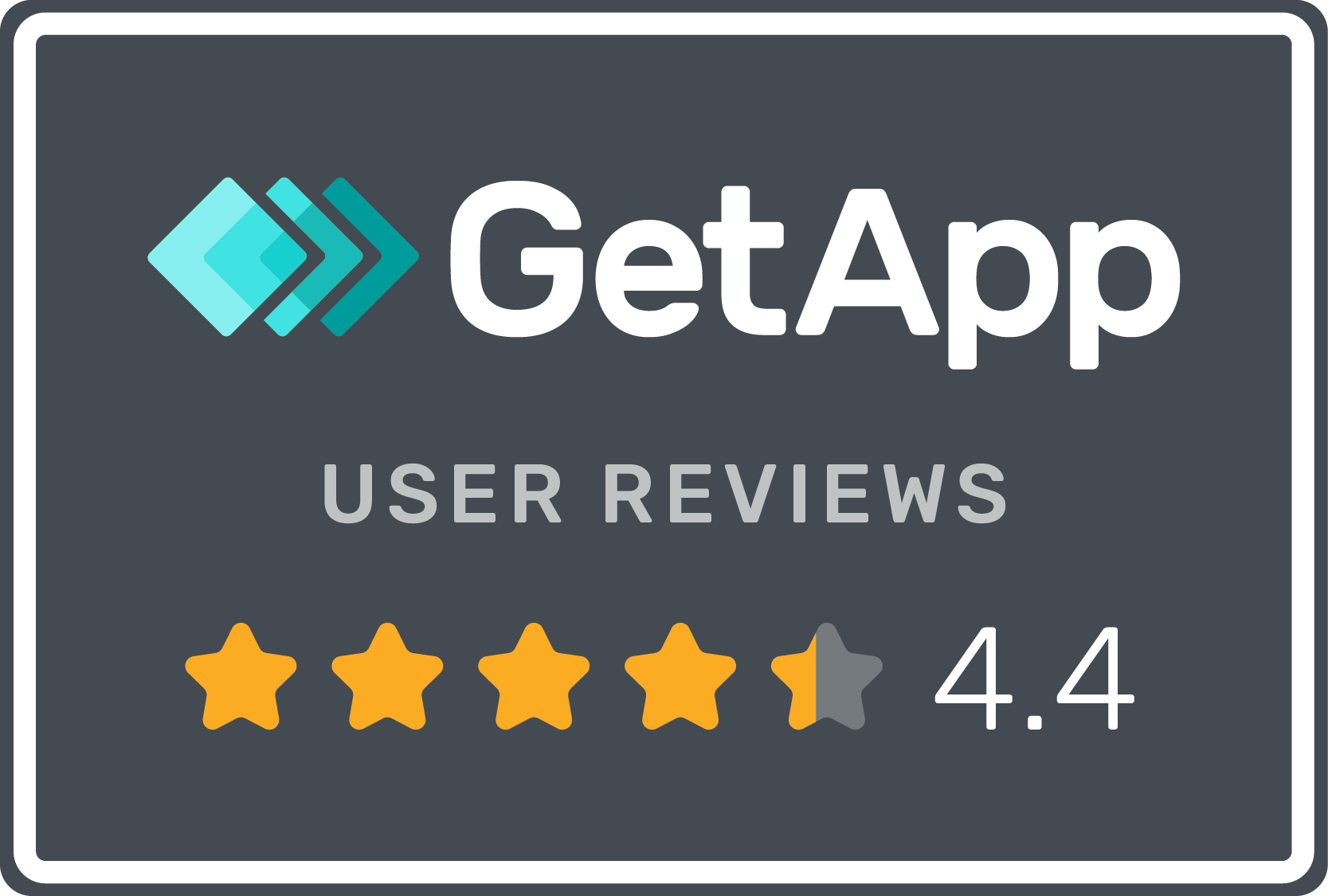A successful business isn’t a one-man operation. You need manpower, and you can only get that by hiring employees. The hiring process needs to have a well-defined vetting system; otherwise, you run the risk of hiring remorse. This is where an applicant tracking system (ATS) comes into play.
applicant tracking system defined.
What is an applicant tracking system? In its most basic definition, this is a software program for organising and keeping track of recruits when vetting candidates for job openings. Applicant tracking has become a pivotal system for HR departments of all industries. It’s equally useful for onboarding remote employees and independent contractors. It helps you to comply with regulations such as GDPR, reduce the administration burden, and can help to improve the candidate experience.
key takeaways
- Manage the hiring process from vetting to training/onboarding
- Create and customise applicant profiles
- Keep tabs on the entire employee screening process, including medical checks, interviews, visa status, etc.
- Report on recruitment performance
why do you need an applicant tracking system?
The reason for investing in an ATS is simple: It helps HR find the most qualified candidates while staying organised and saving time in the process.
Staying organised is a huge timesaver. According to a study from Glassdoor, it takes UK companies an average of 27.5 days to hire an employee. This alone is just the hiring and doesn’t take into account the training and onboarding. The time frame increases in a group-hire setting.
With an ATS, you also have the applicant profiles and data in front of you to help you acquire the best candidates. According to the Recruitment & Employment Confederation, 85% of HR departments in the UK reported making at least one bad hire. The same study reported that a bad hire at the managerial level costs a company over £132,000.
An ATS isn’t a magic bullet. It won’t guarantee that you’ll attract the best recruits or save time or money. However, you can only benefit by using an ATS compatible with your business type.
how to select a compatible applicant tracking system.
Various applicant tracking systems proliferate the software market. They’re not all created equally. Here are three tips to help you pick out a compatible ATS for your business:
1. look for applicant tracking integration features
Your ATS should have an easy-to-use feature that integrates multiple channels into its database. That way, the data from multiple channels are all in front of you and presented in an easy-to-read format—perhaps through a chart or graph database.
The ATS should be able to integrate data from the following channels:
- Your website’s vacancy page or your careers site
- The job boards you choose to use
- Your HR system
The key benefit of an ATS is streamlining the recruitment process. This is why the right integrations are key to ensuring that processes can be automated.
2. identify hiring shortcomings
Identify the hardest component of employee recruitment and consider how an ATS may be able to solve this problem. Your HR may struggle with time management, for example, when sorting through hundreds of applications to fill a single vacancy. How can an ATS resolve this issue? An ATS with a qualification-based filtering feature can significantly reduce the number of applications requiring manual review.
Set your application form to include vacancy specific “auto-reject” questions. So if you are hiring for a fork lift truck driver who needs to work shifts, the application process can ask the applicant if they have a fork lift truck driving license and if they are happy to work the required shift pattern for this role. Now whilst those details are included in the job advert, many applicants might not see them or choose to ignore them. By explicitly asking these questions many irrelevant applicants will either not apply or get rejected automatically when they apply.
3. aim for flexibility
Even companies within the same industry are going to have different hiring challenges. Choose an ATS with a robust customisation feature. Customisation should be intuitive enough that you can begin personalising the system during the trial process without much difficulty.
You also need to ask about potential costs and time delays for customisations. hireful ATS can be easily configured within minutes by any member of our support team. So if you decide you need to change something we don’t need to charge you or put you in a queue waiting to schedule some time with a developer (there is never enough developer time!).
streamline applicant tracking with hireful.
Your HR function has its hands full with employee onboarding and recruiting. At hireful, our ATS takes the guesswork out of these labour-intensive processes. Register for a 15-minute introductory call today to find out how our system can revolutionise your hiring practices.


















